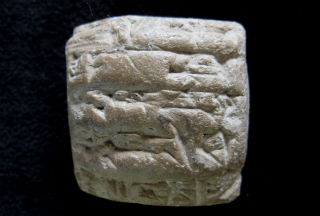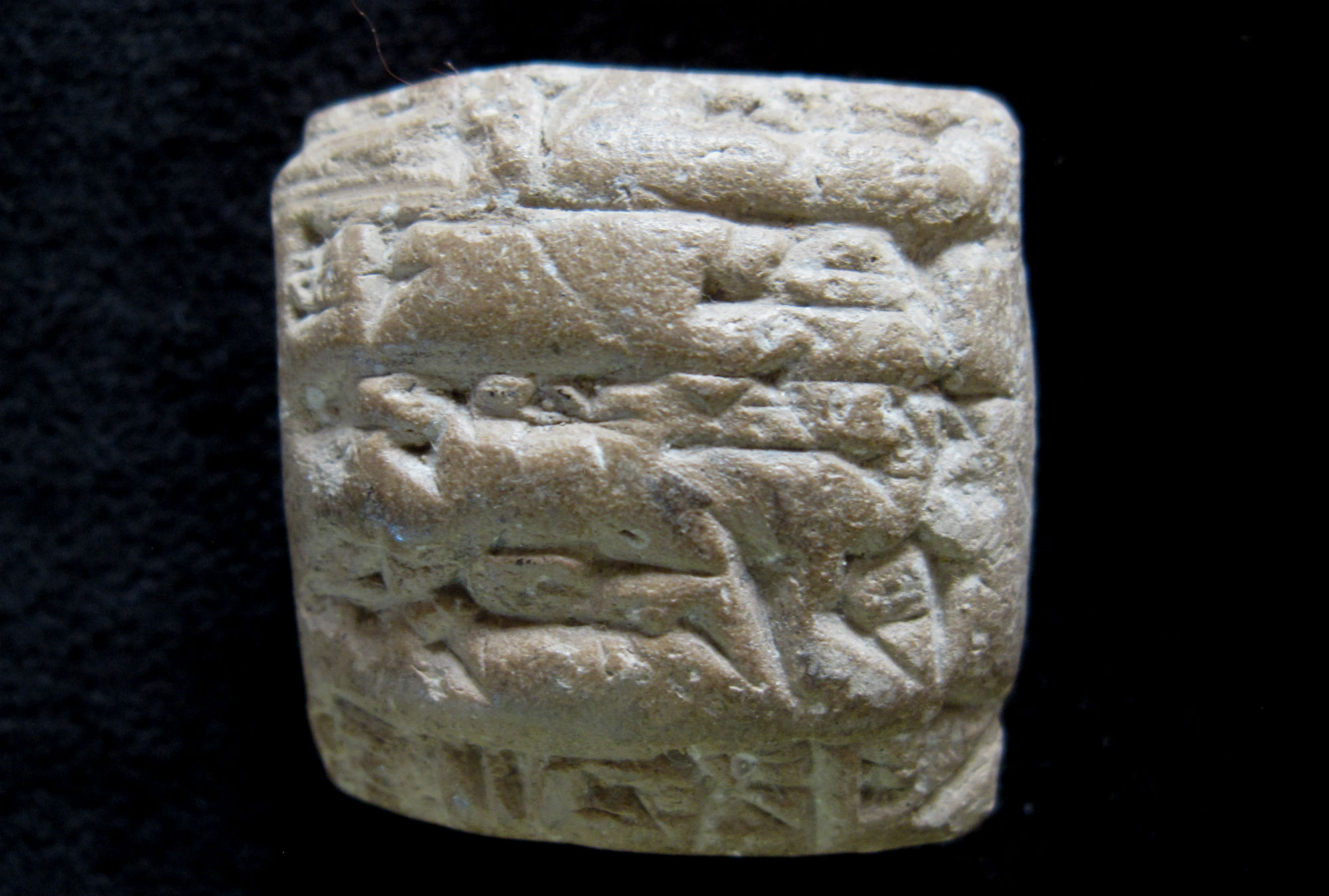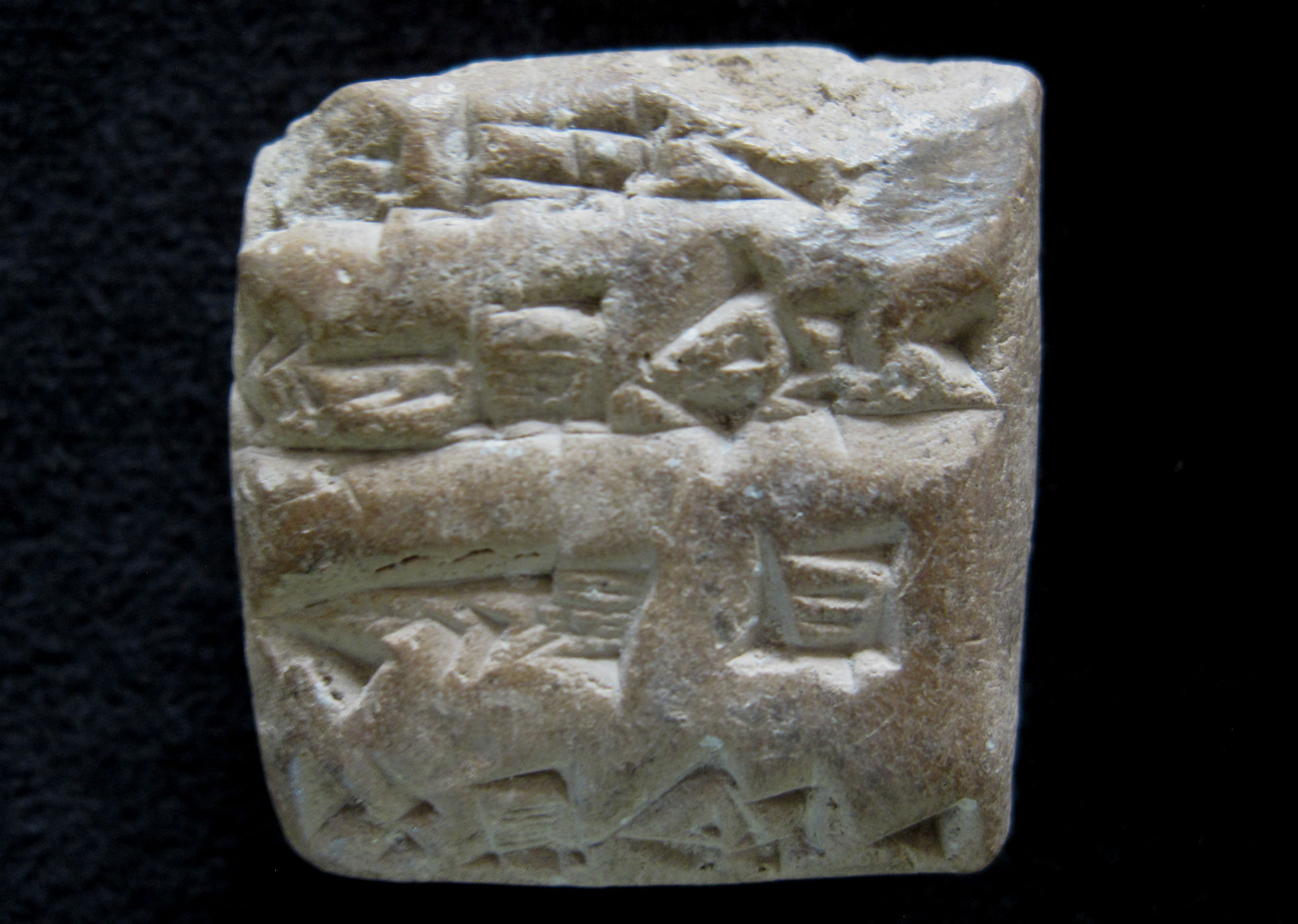Description
Sumerian cuneiform tablet, Ur III dynasty, 36th year of the reign of
Shulgi, 2058 B.C. A receipt for quantities of flour from the city of
Umma (now in southern Iraq).
9 lines of text of two sides –
Line 1 1 talent of kur flour
Line 2 (that is) royal flour
Line 3 1 talent of gi flour
Line 4 Lu-kalla
Line 5 received
Line 6 Murub month (i.e. April)
Lines 7 -9 Year in which Nanna of…entered the temple
Shulgi was the second ruler of Sumeria in the Ur III
dynasty and reigned for 48 years during the “Sumerian
Renaissance” period.
Width: 3 cm
Length 3.2 cm
From an Australian collection, purchased in London in 1994.
Cuneiform was one of the earliest forms of writing, developed in the ancient
lands of Mesopotamia. The complex social structure of Babylonian society
created a need to make records, which pertained to temple acquisitions,
land transactions, financial loans, and so on. In addition, they preserved
their epic stories and personal letters in writing. They would write these
documents and letters on a wet clay tablet, which was then dried.
Cuneiform is instantly recognisable by the wedge-shaped marks, usually
pressed into clay tablets. Indeed, the name ‘cuneiform’ literally means
“wedge-shaped”. The text would have been written using a blunt reed.


